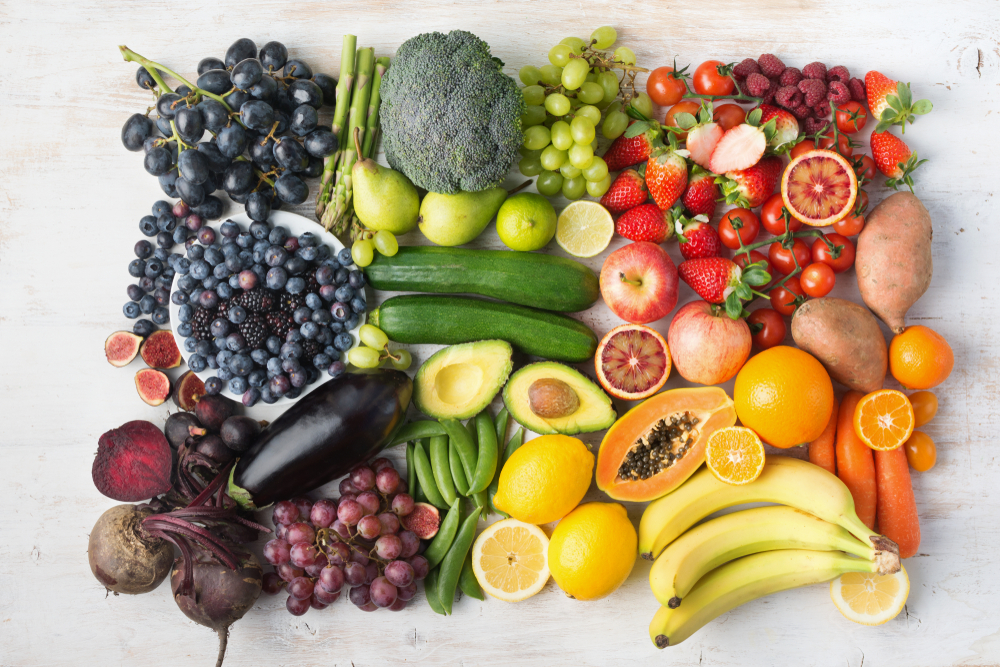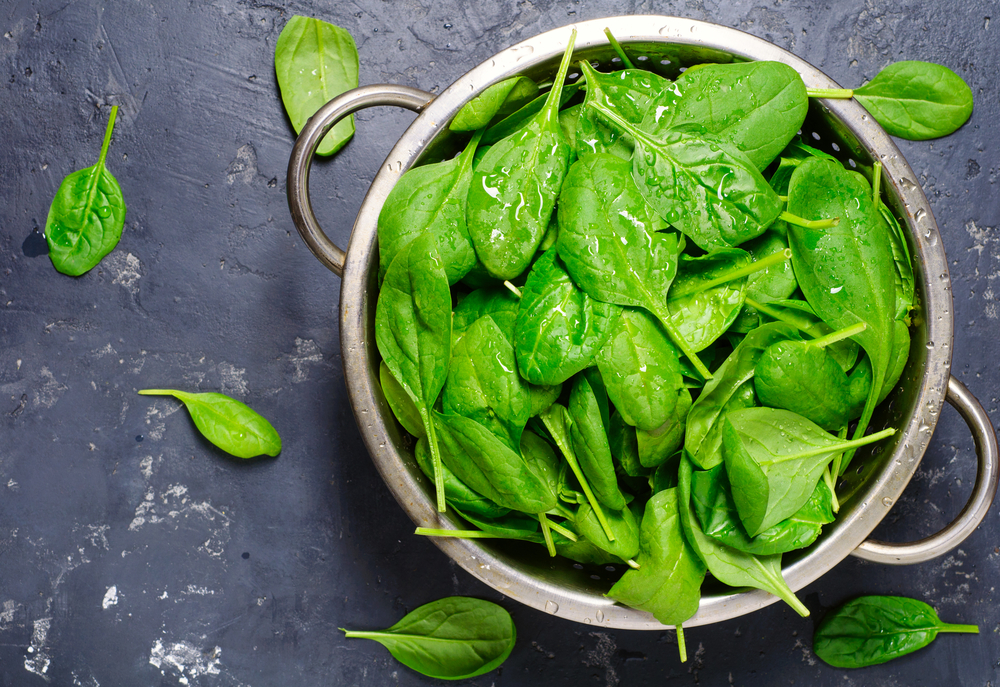
With our 24/7, ‘always-on’ lives, getting sufficient and much-needed down-time can sometimes fall to the bottom of our to-do list. However, as part of the body’s daily functions, it’s very important to make time for adequate rest and relaxation.
Stress, both long and short term, can have a negative impact on both mind and body so getting that all-important calm into our lives should be a priority.
Clinical Nutritionist Suzie Sawyer shares her three top tips for reducing stress and inducing calm.
Become a super-organiser
When there’s so much going on and daily chores and commitments can seem overwhelming, the best way forward to is be super-organised! This doesn’t mean living to a fixed time schedule as such, but it does involve making lists and prioritising from there.

The brain works hard for us, and we carry so many thoughts within its millions of brain cells. These thoughts can often become muddled, which means we effectively run around in circles and are less efficient. Writing every job down, however small, that needs doing, can help reduce stress and anxiety.
Everyone has a different way of processing this information; some people need to see a spreadsheet with headings, some prefer a written list. Whatever works for you make sure it has a form of prioritisation, perhaps numbered jobs, so that you tackle them in a logical or priority order.

It’s also really helpful to do a ‘brain dump’ at the end of each day. Add to the list anything for tomorrow or for the future and this will help stop the night-time agonising of what jobs need to be done.
Make your bedroom your sanctuary
There is more and more research available on the absolute necessity for quality sleep. It’s essential for our wellbeing, but also longevity. However, getting quality sleep is a problem for many of us, so it does need to be prioritised for it to happen.

Any kind of blue light emitted from electronic devices is a complete ‘no-no’ if you want to get some shut eye. Taking a laptop to bed with you is certainly not going to help. Turn off all electronic devices two hours before bedtime and use that time for relaxation techniques. This might include a warm bath, reading a book or meditation.

For those who struggle to meditate, then deep breathing is a great way of putting the body into the parasympathetic rather than sympathetic (also known as fight or flight) part of the nervous system. Even deep breathing from the belly so the diaphragm expands, six seconds in and six seconds out, for a couple of minutes, can really make a difference. If you used this technique a couple of times a day, the changes to how you feel within will be noticeable.

Lastly, love your bedroom. Rather than seeing the room as a functional space, try to make it a real sanctuary, where you feel relaxed and calm. Even using some lavender spray in the room and on your pillow, will help. And love your bed too; an uncomfortable mattress might need changing.
Use the power of nature
Everything the body needs for wellness is provided by nature. And this includes some amazingly calming and restorative herbs, together with colourful foods. When trying to get more relaxation and calm into your life, it’s important to feed the body with nutrient-dense foods, but you can also utilise various herbs to help too.

A diet high in caffeinated drinks and sugar can contribute to feelings of anxiety, but also impair your quality of sleep. Only you know how much you have in your diet but do make a conscious effort to reduce significantly or stop both completely. Additionally, eating foods rich in colour, in a form as near to their natural state, will provide the nutrients the body needs to ensure its biochemistry functions correctly.

When it comes to herbs, passionflower has long been used for relaxation and to help sleep. And the good news is, it can work quickly, especially if you’re suffering from a nervous stomach, for example. Likewise, valerian taken about an hour before bedtime can really help and won’t cause drowsiness the next day. The mineral magnesium can also help support your sleep. Try them individually to start with and notice what works for you.
If you prioritise rest and relaxation, hopefully you’ll be rewarded with more energy and less anxiety in your life!
FOR MORE GREAT NUTRITION AND LIFESTYLE ADVICE:
Sign up to receive our blog and get a weekly dose of the latest nutrition, health and wellness advice direct to your inbox.
Follow us on Instagram @feelaliveuk for nutrition, lifestyle and well-being tips.
Visit us at www.feelaliveuk.com for the latest offers and exclusive Alive! content.
Follow and Chat with Suzie on Twitter @nutritionsuzie
For everything you need to know about vitamins, minerals and herbs visit our sister site Herbfacts
All images: Shutterstock
























































